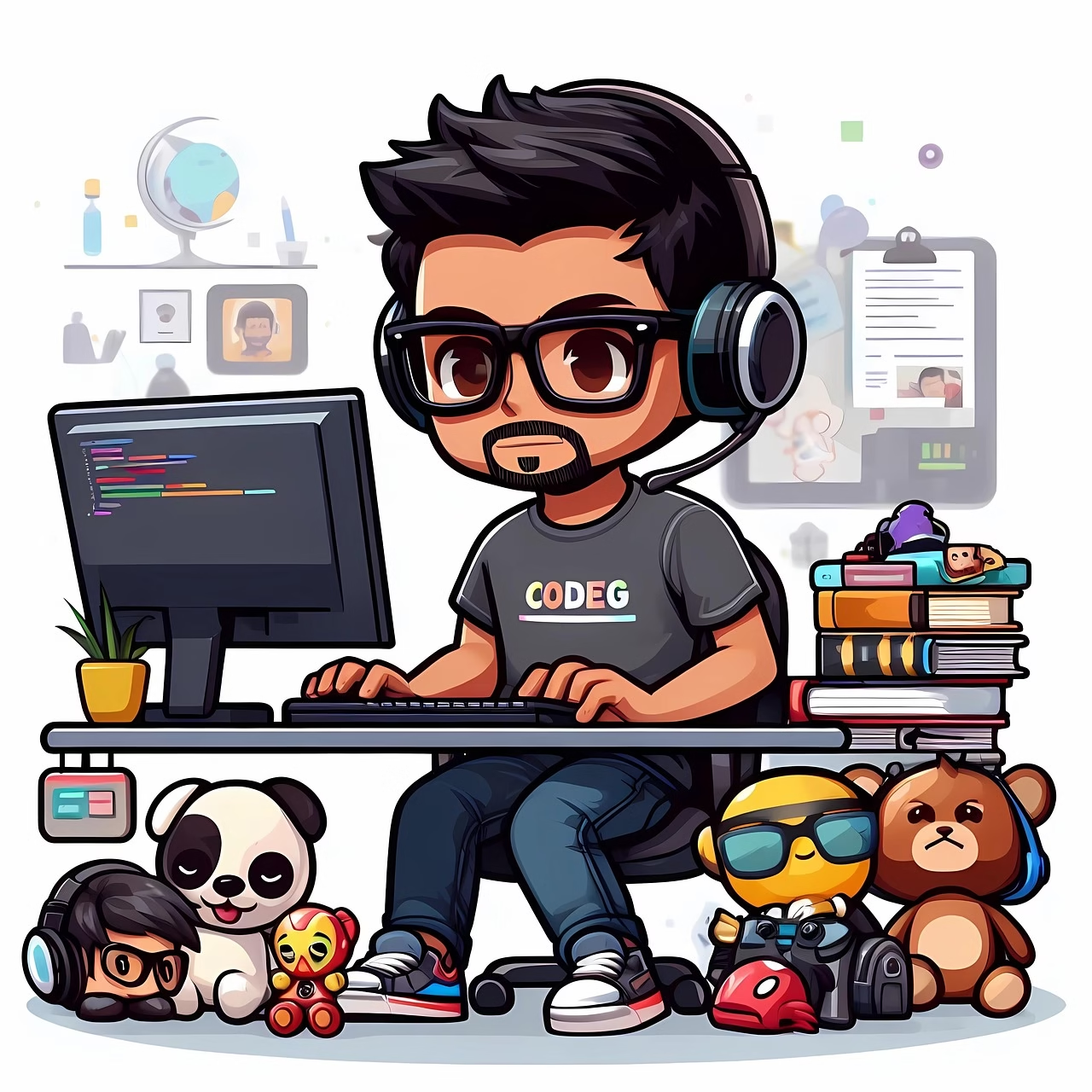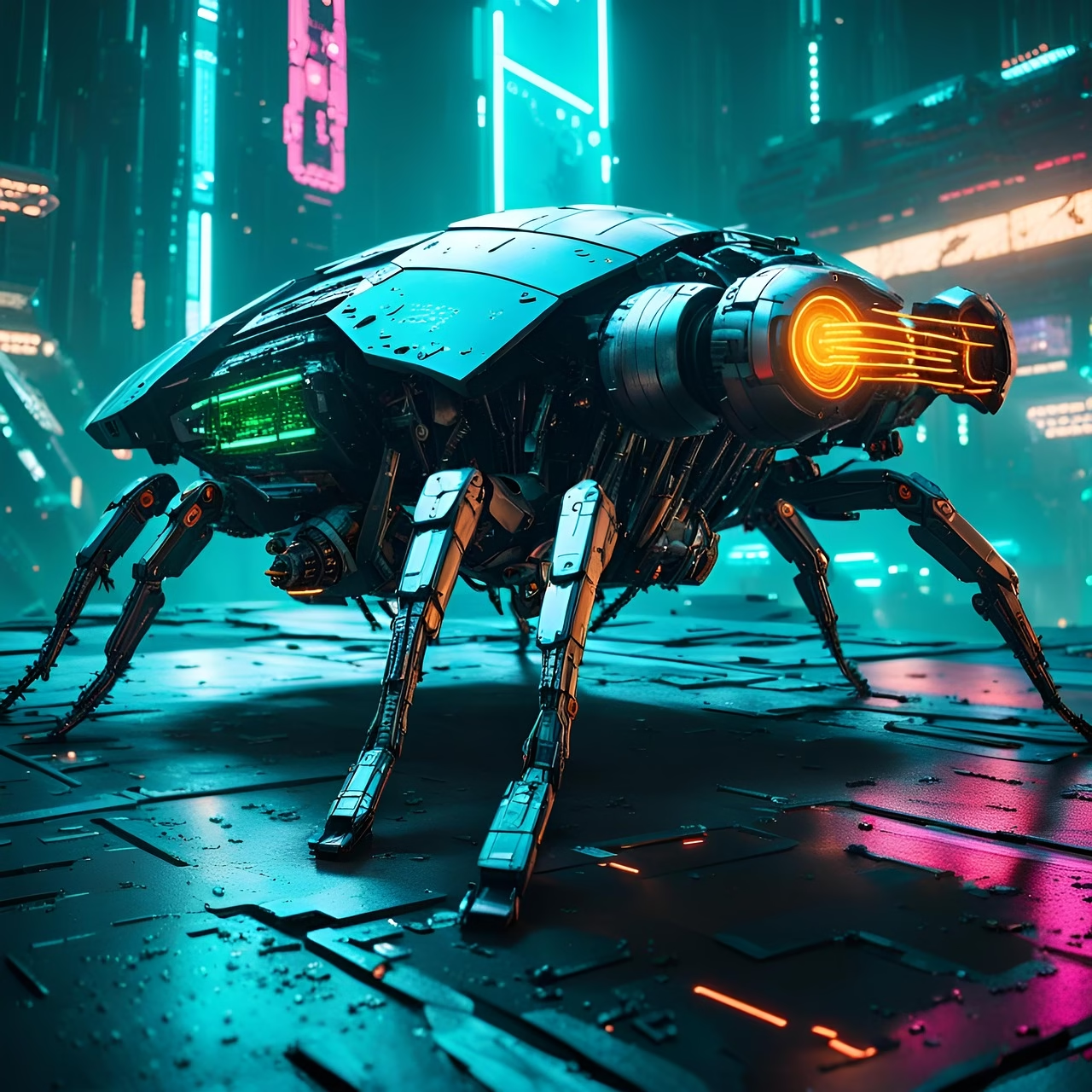
I Tried 70+ Best AI Tools in 2025: Insights from the Frontlines
Over the first half of 2025, I’ve immersed myself deeply into the vast and varied universe of AI tools – more than 70 in total. From machine learning frameworks powering incremental innovations to sleek productivity enhancers designed for everyday workflows, this landscape is diverse and rapidly evolving. As an AI researcher committed to responsible innovation and real-world application, I aimed not just to test features but to assess impact, usability, and ethical considerations. Here’s an earnest account of what I found—straightforward, practical, and hopefully illuminating.
AI Tools: The Spectrum of Specializations
The explosion of AI tools in 2025 can be categorized clearly by their core application domains. Most tools I tested fell into these buckets:
- Content Creation & Generation: Writing assistants, design generators, video synthesis engines
- Data Analytics & Visualization: Automated insights, dashboarding, and anomaly detection
- Developer-Focused Solutions: Low-code AI model builders, API integrations, code assistants
- Business Automation: Intelligent workflow managers, customer service bots, and knowledge bases
- Ethics, Privacy & AI Governance: Tools assisting transparency, bias detection, and compliance monitoring
This segmentation reflects both the AI industry’s maturity and the shifting user needs. Content automation tools, for example, now go beyond templates and basic prompts, delivering nuanced, context-aware outputs that don’t just save time—they elevate quality.
Standouts Among the Pack
While every AI tool I explored has its merits, a few exemplify the cutting edge through a blend of innovation and direct usability.
“The single best measure of any AI tool’s success is whether it empowers users to do what was previously impossible or prohibitively time-consuming.”
1. SynthLens AI (Video & Multimedia) – This tool redefines rapid video prototyping. Traditional video editing cycles that span days are now achievable in minutes, with AI-generated scenes, voiceovers, and edits adjusted on the fly. The most impressive aspect was the contextual consistency—no more robotic or generic AI voiceovers disrupting flow.
2. SentientCode Assist (Developer Productivity) – Unlike generic code completion tools, SentientCode understands complex project context, cross-references documentation, and even helps design architecture components. For developers working in demanding environments, it’s the AI pair programmer that truly feels like a partner.
3. EthicaEye (Ethics & Compliance) – As adoption grows, AI systems are increasingly scrutinized for fairness and transparency. EthicaEye’s dashboard identifies data biases and suggests actionable mitigations, making it invaluable for teams committed to responsible AI deployment.
Challenges That Persist
No technological wave is without its friction points, and AI tools remain bound by some notable limitations:
- Overpromising vs. Reality: Marketing messages often hype seamless integration or human-level reasoning that AI hasn’t reached. Evaluating these tools requires a skeptical lens and hands-on testing to discern practical limits.
- Ethical Blind Spots: Many AI providers are still catching up on systematically embedding fairness and privacy by design. For professional use, relying solely on out-of-the-box configurations is risky without thorough audits.
- Interoperability: With so many specialized tools, the hubs or platforms that unify workflows are crucial yet underdeveloped. True productivity gains come when solutions communicate fluidly rather than operate in isolated silos.
Getting Beyond the Hype: What End Users Should Focus On
For business leaders, developers, and creators adopting AI in 2025, measured pragmatism is key. Here’s what to prioritize:
- Contextual Fit: Choose tools that meaningfully align with your domain workflows, not just popular AI features.
- Transparency and Control: Opt for solutions that provide visibility into AI logic and let you set guardrails around output.
- User Empowerment: AI should augment, not replace human judgment. Look for tools that enhance decision-making rather than circumvent it.
- Continuous Validation: AI tools evolve quickly. Regularly reassess how outputs meet quality, ethical, and compliance benchmarks.
Looking Ahead
The AI tool arena in 2025 is both thrilling and complex. What feels like magic today is rapidly becoming standard expectation tomorrow. Yet, the human element remains indispensable—whether in guiding AI’s training, interpreting its suggestions, or embedding values into its design.
My journey through over 70 AI tools has crystallized one truth: the future belongs to those who harness AI’s power responsibly and intelligently to amplify real human potential. As these tools continue to mature, the emphasis must remain on practical impact, ethical stewardship, and fostering creativity rather than mere automation.
In closing, the AI tool ecosystem is a vibrant, fertile ground for innovation—but it demands informed, critical participation from all of us. Embracing that mindset will turn today’s experimentation into tomorrow’s breakthroughs.

RELATED POSTS
View all



